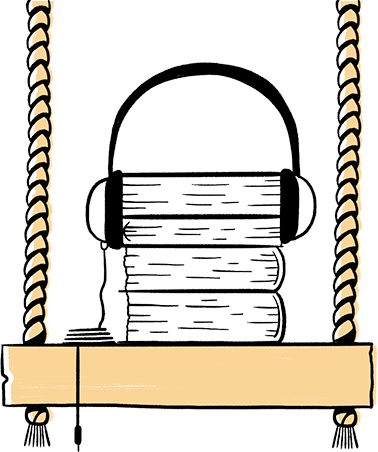Book details

Her Lotus Year
China, the Roaring Twenties, and the Making of Wallis Simpson
Author: Paul French; read by Laurel Lefkow



Her Lotus Year
$26.99
About This Book
Book Details
New York Times bestselling author Paul French examines a controversial and revealing period in the early life of the legendary Wallis, Duchess of Windsor–her one year in China.
Before she was the Duchess of Windsor, Bessie Wallis Warfield was Mrs. Wallis Spencer, wife of Earl “Win” Spencer, a US Navy aviator. From humble beginnings in Baltimore, she rose to marry a man who gave up his throne for her. But what made Wallis Spencer, Navy Wife, the woman who could become the Duchess of Windsor? The answers lie in her one-year sojourn in China.
In her memoirs, Wallis described her time in China as her “Lotus Year,” referring to Homer’s Lotus Eaters, a group living in a state of dreamy forgetfulness, never to return home. Though faced with challenges, Wallis came to appreciate traditional Chinese aesthetics. China molded her in terms of her style and provided her with friendships that lasted a lifetime. But that “Lotus Year” would also later be used to damn her in the eyes of the British Establishment.
The British government’s supposed “China Dossier” of Wallis’s rumored amorous and immoral activities in the Far East was a damning concoction, portraying her as sordid, debauched, influenced by foreign agents, and unfit to marry a king. Instead, French, an award-winning China historian, reveals Wallis Warfield Spencer as a woman of tremendous courage who may have acted as a courier for the US government, undertaking dangerous undercover diplomatic missions in a China torn by civil war.
Her Lotus Year is an untold story in the colorful life of a woman too often maligned by history.
Imprint Publisher
Macmillan Audio
ISBN
9781250369185


